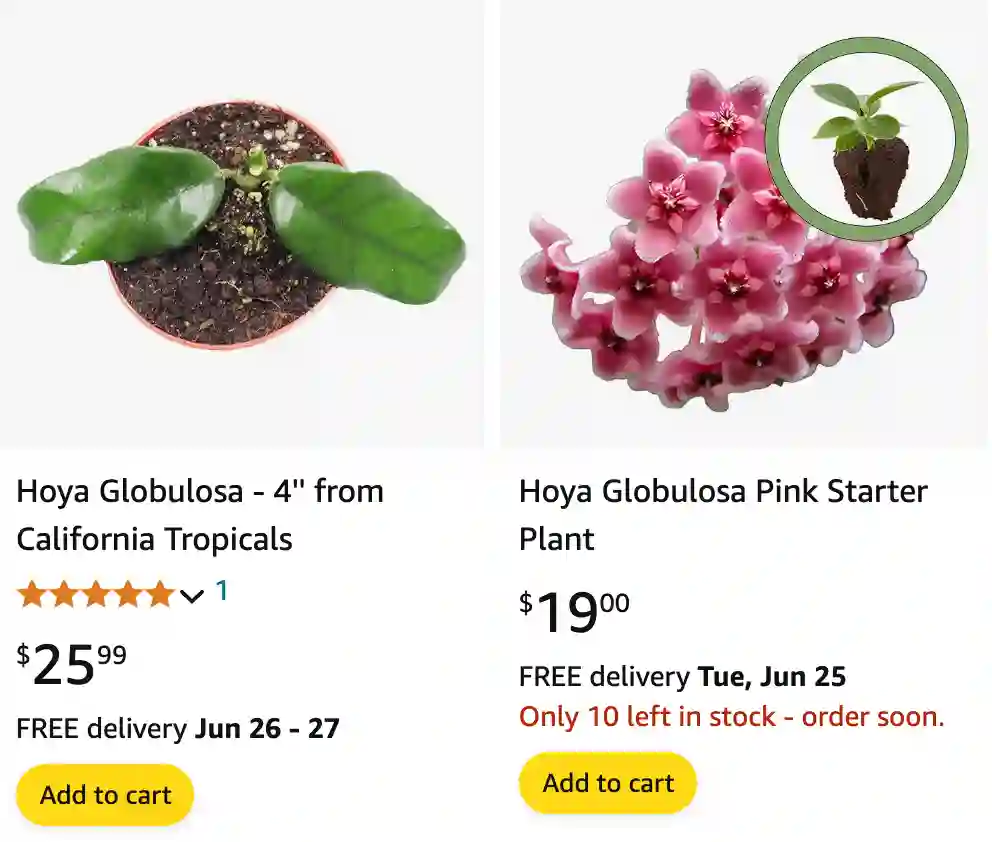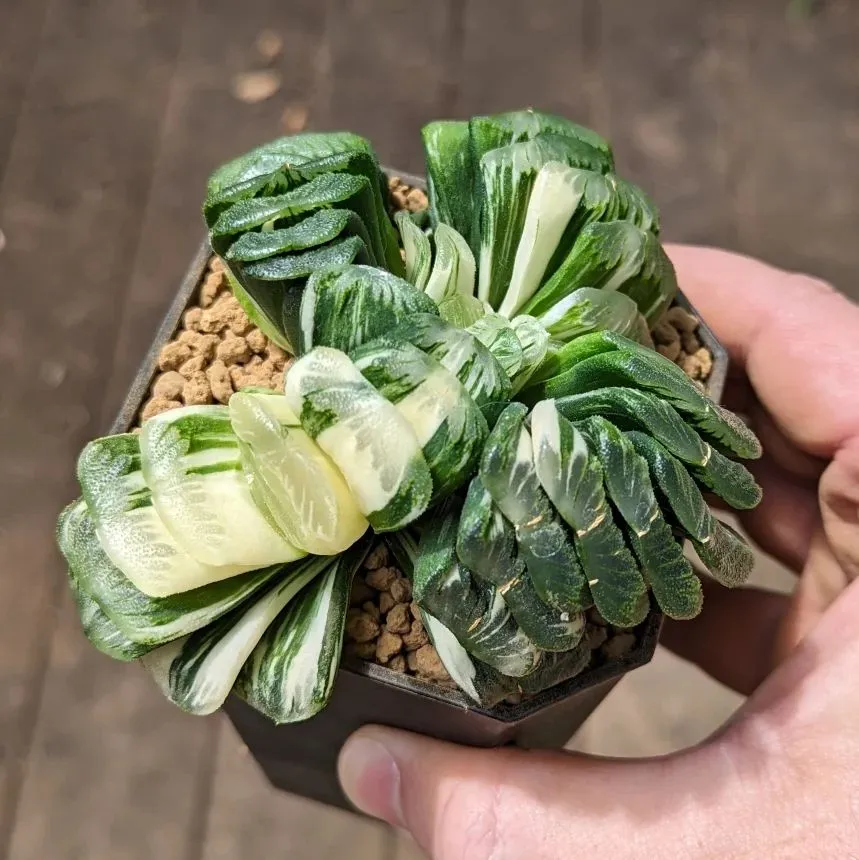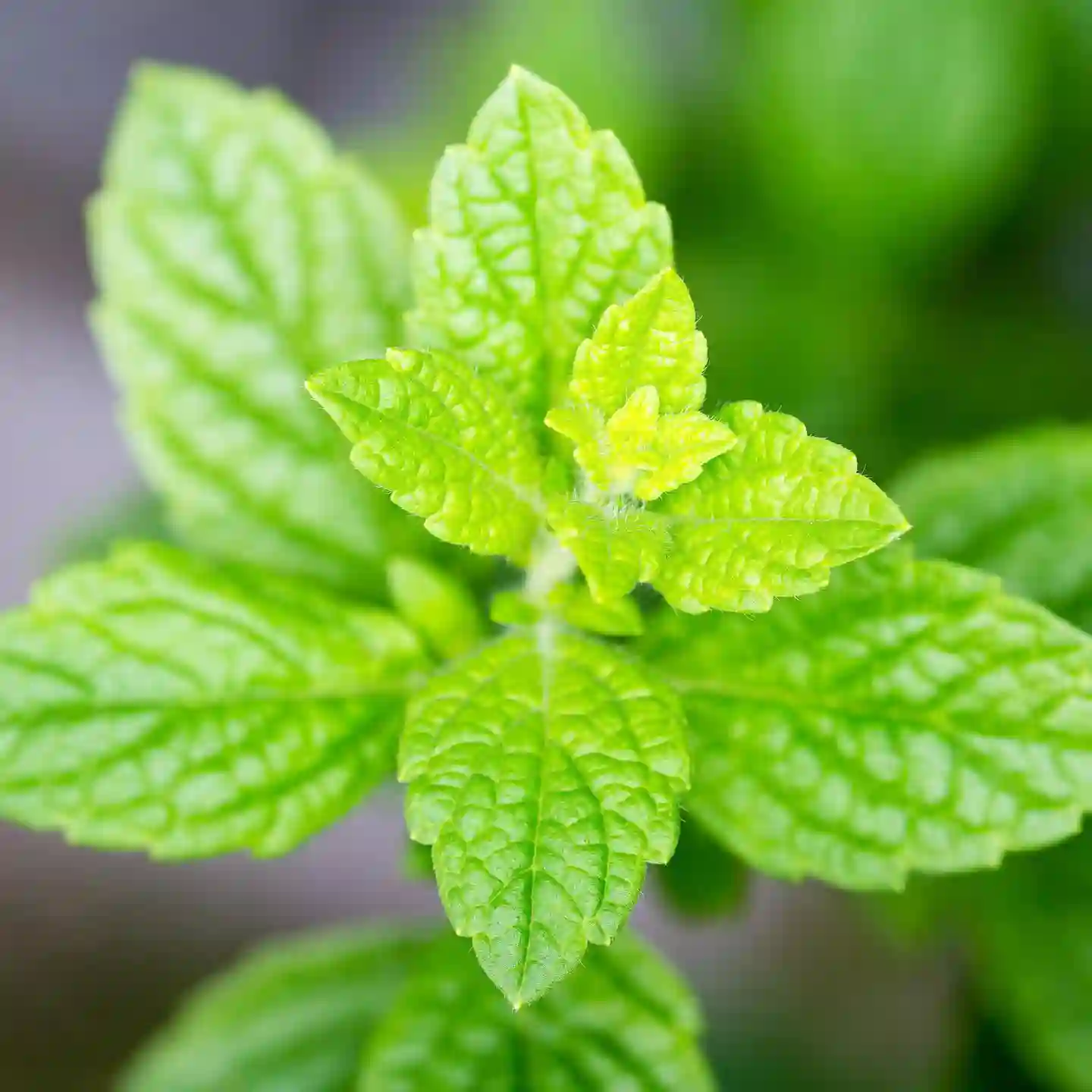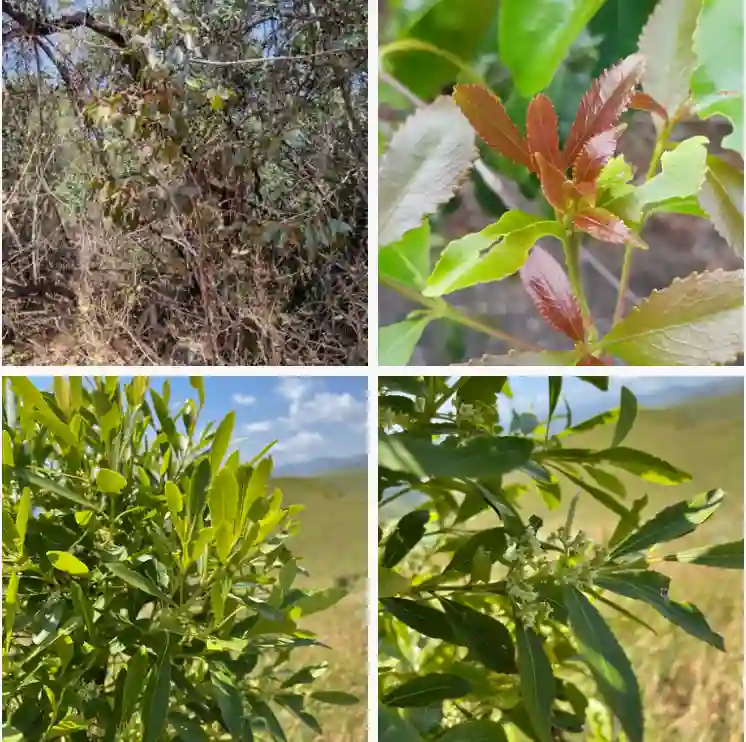
What is Hoya Globulosa?
Many collectors crave Hoyas, known for their captivating waxy flowers and interesting foliage. Among these, the Hoya Globulosa stands out with its elegant, elongated leaves and subtle charm. Over the years, I’ve been captivated by this plant, and I’m here to answer your burning questions about this under-appreciated Hoya.
566 Species in Genus Hoya
Where Does the Hoya Globulosa Come From?
The Hoya Globulosa boasts a rich history, originating in the majestic Himalayas. Described in 1882, it brings a touch of Himalayan beauty indoors. This tropical vine thrives in warm, humid environments, making it a perfect addition to most homes.
Hoya Globulosa vs Villosa
One common question is differentiating the Hoya Globulosa from its close relative, the Hoya Villosa. Both share stunning emerald green leaves with prominent veins. The key distinction lies in the pubescence, the fine hairs on the leaves. Some claim Hoya Villosa has pubescence on both sides, while others swear by Globulosa’s pubescent topside and stems only. The truth is, there’s some variation, and even experts debate the exact characteristics.
However, the flowers offer a clearer distinction. Hoya Globulosa’s blooms are white and fuzzy, appearing in captivating spherical clusters. The Hoya Villosa, on the other hand, boasts yellow-tinged flowers, setting them definitively apart.
Unveiling the Beauty of Hoya Globulosa Flowers
The charm of Hoya Globulosa goes beyond its foliage. This plant rewards patient owners with a truly unique floral display. The white, fuzzy blooms cluster together, forming a delightful spectacle. Unlike some Hoyas with a strong fragrance, the Globulosa’s scent is mild, making it perfect for those sensitive to perfumes.
While the exact blooming time can vary, these beauties tend to flower throughout the year, adding a touch of whimsy to your indoor space. With proper care, you might even witness your Hoya Globulosa blooming multiple times a year.
How to care for Hoya Globulosa?
Like all living things, the Hoya Globulosa thrives with proper care. Here are some key things to remember:
- Light: This Hoya prefers bright, indirect light. Avoid harsh midday sun, which can scorch the leaves. East or west-facing windows are ideal locations.
- Watering: One of the biggest mistakes with Hoyas is overwatering. Allow the soil to dry completely between waterings. Signs of thirst include wilting leaves. When watering, ensure the water drains freely from the pot to prevent root rot.
- Soil: A well-draining potting mix is crucial. Opt for a succulent or cactus mix, or create your own by combining potting soil with perlite or orchid bark for added drainage.
- Fertilization: During the growing season (spring and summer), a balanced fertilizer diluted to half strength can be applied once a month. Avoid fertilizing during winter.
- Humidity: While Hoyas tolerate average household humidity, they truly flourish in higher humidity environments. Consider using a humidifier or placing your Hoya on a pebble tray filled with water.
Beyond the Basics: Helping Your Hoya Globulosa Thrive
While the above tips ensure basic care, here are some additional pointers to help your Hoya Globulosa truly shine:
- Support: As a climber, the Hoya Globulosa appreciates support. A trellis, moss pole, or hanging basket allows it to showcase its cascading vines.
- Pruning: Regular pruning encourages bushier growth and promotes flowering. Pinch off leggy stems or trim back overgrown areas to maintain a desired shape.
- Temperature: Hoyas prefer warm temperatures, ideally between 65-80°F (18-27°C). Avoid exposing them to drafts or sudden temperature fluctuations.
With a little TLC, your Hoya Globulosa will reward you with lush foliage and captivating blooms for years to come.
In Conclusion: Why Choose a Hoya Globulosa?
The Hoya Globulosa offers a unique combination of elegant foliage, captivating blooms, and relative ease of care. Whether you’re a seasoned plant collector or a curious beginner, this Hoya is sure to add a touch of exotic charm to your indoor space. So, why not embark on a journey with this under-appreciated gem of the Hoya world? You might just discover your new favorite plant.
If i die, water my plants!



